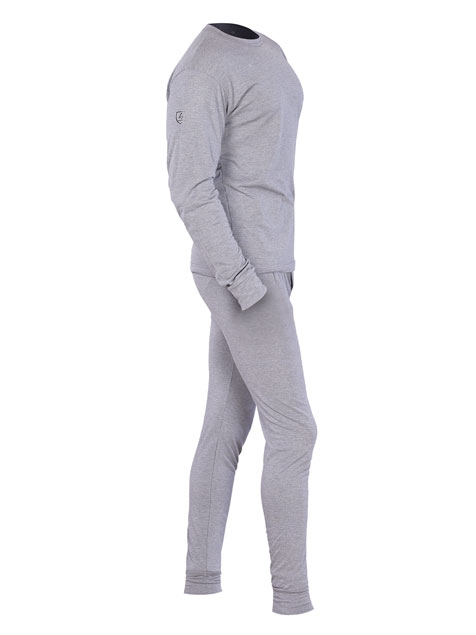
In industries where workers face the constant threat of fire and thermal hazards, ensuring their safety is paramount. Flame-resistant (FR) innerwear serves as a critical line of defense against such risks, providing an additional layer of protection beneath outer garments. This article explores the importance of FR innerwear in hazardous environments, emphasizing its role in safeguarding workers and reducing the severity of injuries in the event of a fire or thermal incident.
Understanding the Hazards:
Hazardous environments pose significant risks to worker safety, with potential exposure to flames, arc flashes, molten metal splashes, and other thermal hazards. These incidents can occur suddenly and unpredictably, leading to serious injuries or fatalities if proper precautions are not in place. In such environments, the use of flame-resistant protective clothing, including innerwear, is essential to mitigate risks and ensure the well-being of workers.
The Role of FR Innerwear:
Flame-resistant innerwear serves as a crucial layer of protection for workers in hazardous environments. While outer garments provide primary protection against fire and heat, FR innerwear offers additional insulation and barrier properties, minimizing the extent of burn injuries and reducing the risk of thermal injuries to the skin. By wearing FR innerwear, workers have a higher chance of survival and lower severity of injuries in the event of a fire or thermal incident.
Key Features and Benefits:
FR innerwear offers a range of features and benefits that enhance safety and comfort for workers in hazardous environments. These include:
1. Flame Resistance: FR innerwear is designed to resist ignition and prevent the spread of flames, reducing the risk of burn injuries in the event of a fire or thermal incident.
2. Heat Insulation: FR innerwear acts as a barrier against heat transfer to the skin, delaying the onset of burns and providing valuable time for workers to escape from dangerous situations.
3. Moisture Management: Many FR innerwear garments are made from moisture-wicking fabrics that draw sweat away from the skin, keeping workers dry and comfortable in hot and humid conditions.
4. Comfort and Mobility: FR innerwear is engineered for comfort and mobility, allowing workers to perform their duties without restriction. Stretchable materials and ergonomic designs ensure optimal comfort and flexibility throughout the workday.
5. Durability: FR innerwear is durable and long-lasting, capable of withstanding the rigors of daily wear and laundering. This ensures consistent protection for workers over the long term, reducing the need for frequent replacement.
Compliance and Regulations:
In many industries, compliance with safety regulations and standards is mandatory to ensure worker safety and mitigate legal liabilities. The use of FR innerwear is often governed by industry-specific standards such as NFPA 2112 (Standard on Flame-Resistant Clothing for Protection of Industrial Personnel Against Short-Duration Thermal Exposures from Fire) and NFPA 70E (Standard for Electrical Safety in the Workplace). Employers have a responsibility to provide workers with appropriate FR innerwear that complies with relevant standards and adequately protects them from thermal hazards in the workplace.
Training and Education:
In addition to providing workers with FR innerwear, employers must ensure they receive adequate training and education on its proper use and care. Training programs should cover topics such as the risks of thermal hazards, the importance of wearing FR innerwear, how to properly don and doff garments, and guidelines for laundering and maintenance. Workers should be familiar with the limitations of FR innerwear and understand that it is just one component of a comprehensive safety program.
Flame-resistant innerwear plays a vital role in enhancing safety and reducing the severity of injuries in hazardous environments. By providing an additional layer of protection against flames and thermal hazards, FR innerwear safeguards workers and creates a safer work environment. Employers must prioritize the use of FR innerwear and ensure workers receive adequate training and education on its proper use and care to effectively mitigate the risks associated with thermal hazards in the workplace.